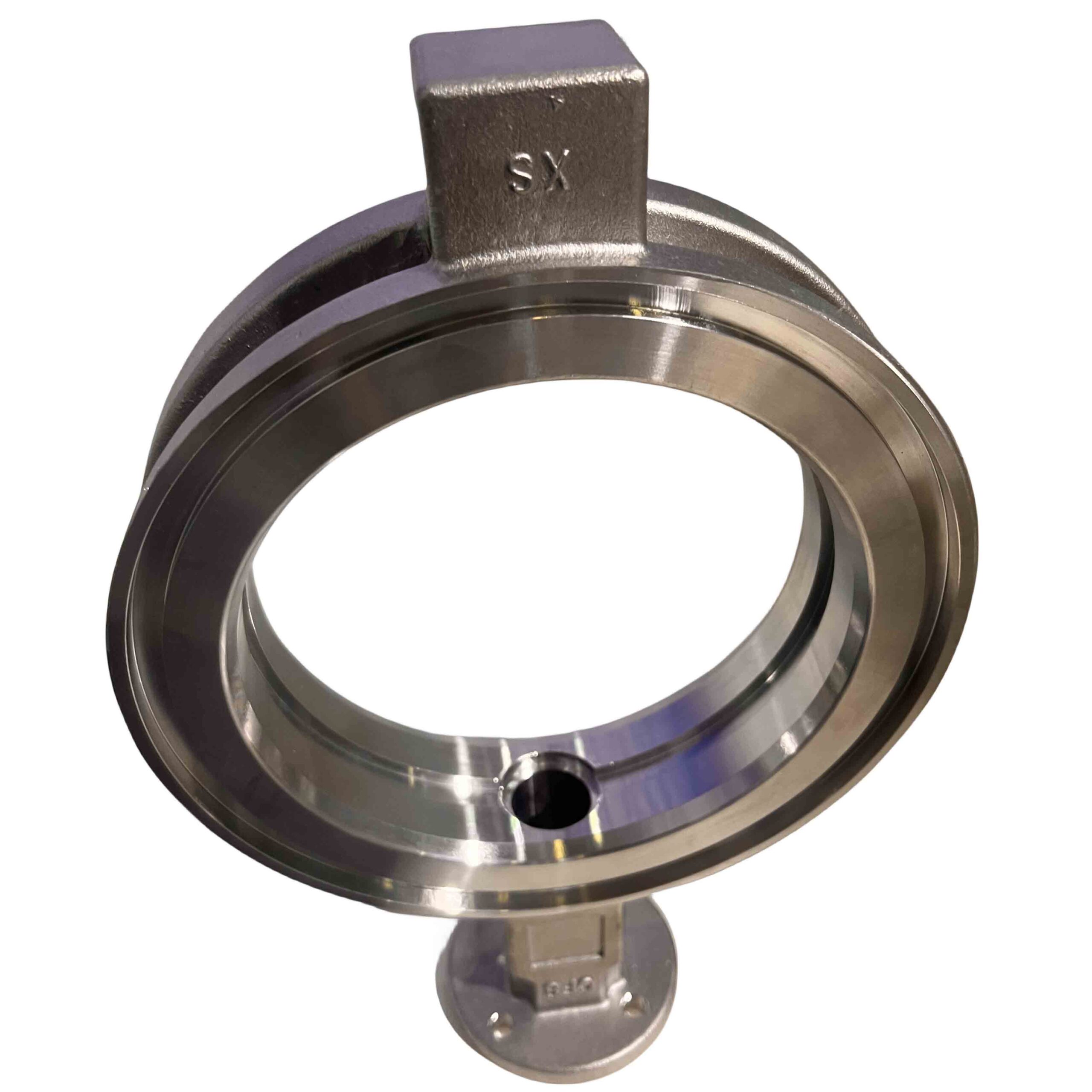
What Are the Advantages of Investment Casting Products?
Investment casting has various advantages that make it a critically important manufacturing process. These include:
- Complex geometries, thin walls, and fine features are relatively easy to achieve reliably, providing remarkable design freedom.
- The dimensional accuracy and repeatability of castings are very good, assuming the patterns are regular and identical.
- Surface finishes are generally good and the process can be tuned to deliver exceptional surface quality and precisely defined textures.
- Few limitations exist in material selection for casting—including: resins, ceramics, cement, most metals/alloys, and glass.
- General properties in the cast part faithfully reproduce the properties of the raw material.
- Material wastage is very low, as all feed/sprue parts can be re-used (except thermoset resins).
- Complex assemblies of multiple components can be consolidated into a single investment cast, reducing assembly time and potential failure points.
- Tooling costs are low (in comparison with die casting).
- Less post-processing is required than with typical sand casting.
What Are the Disadvantages of Investment Casting Products?
Investment casting is not a perfect process. Limitations and restrictions must be taken into account, including:
- Non-automated process costs are higher than for sand casting.
- Volume component costs are always higher than for die casting.
- The many steps in the process leave wide scope for error.
- The size and weight of one-piece castings are much more limited than for sand casting.
- The per-component cost is higher than for sand casting at the one-off level, with the differential eroding quickly with increased automation and volume of parts.
- Material limitations are not significant but must be taken into account.





